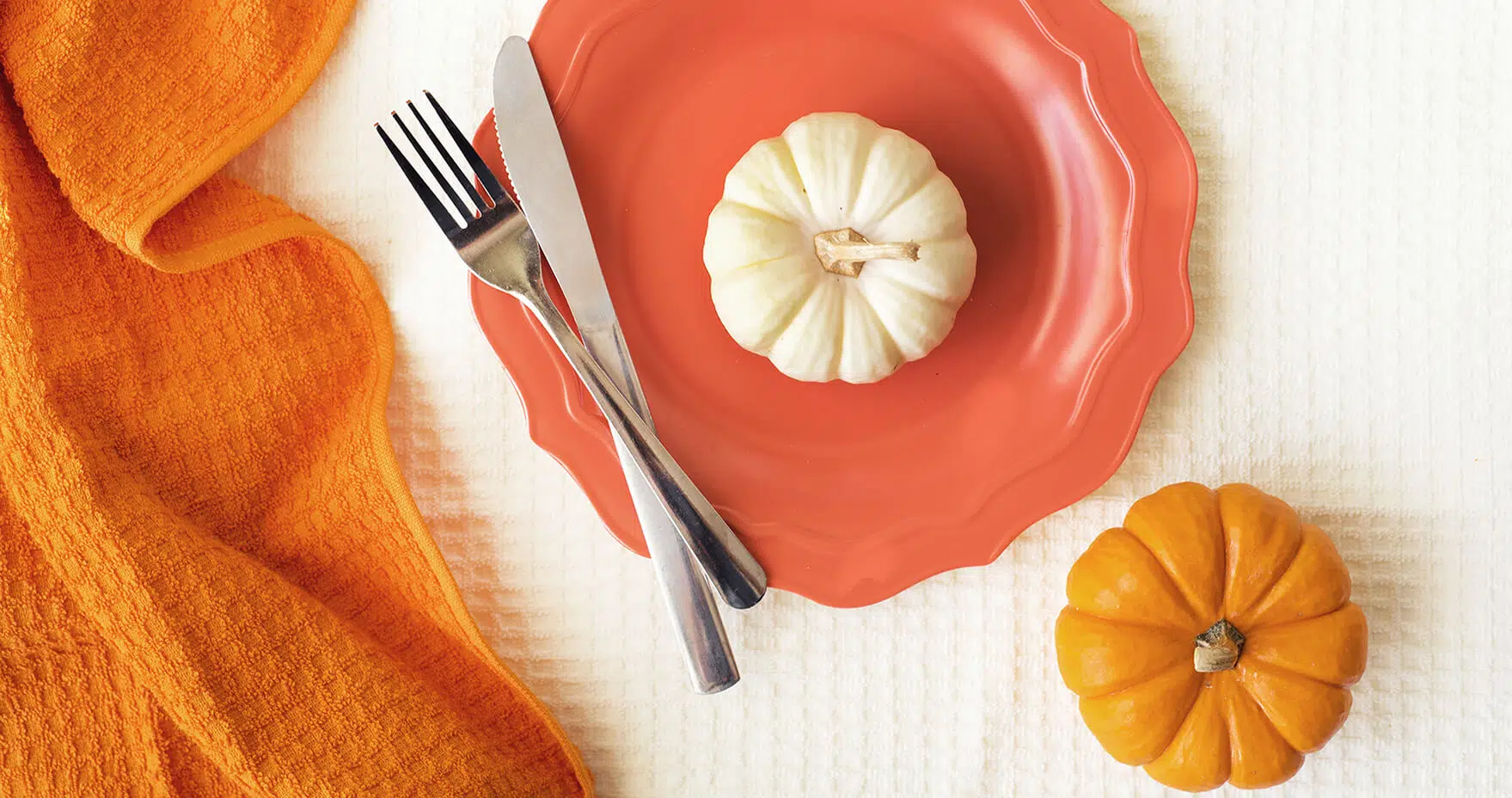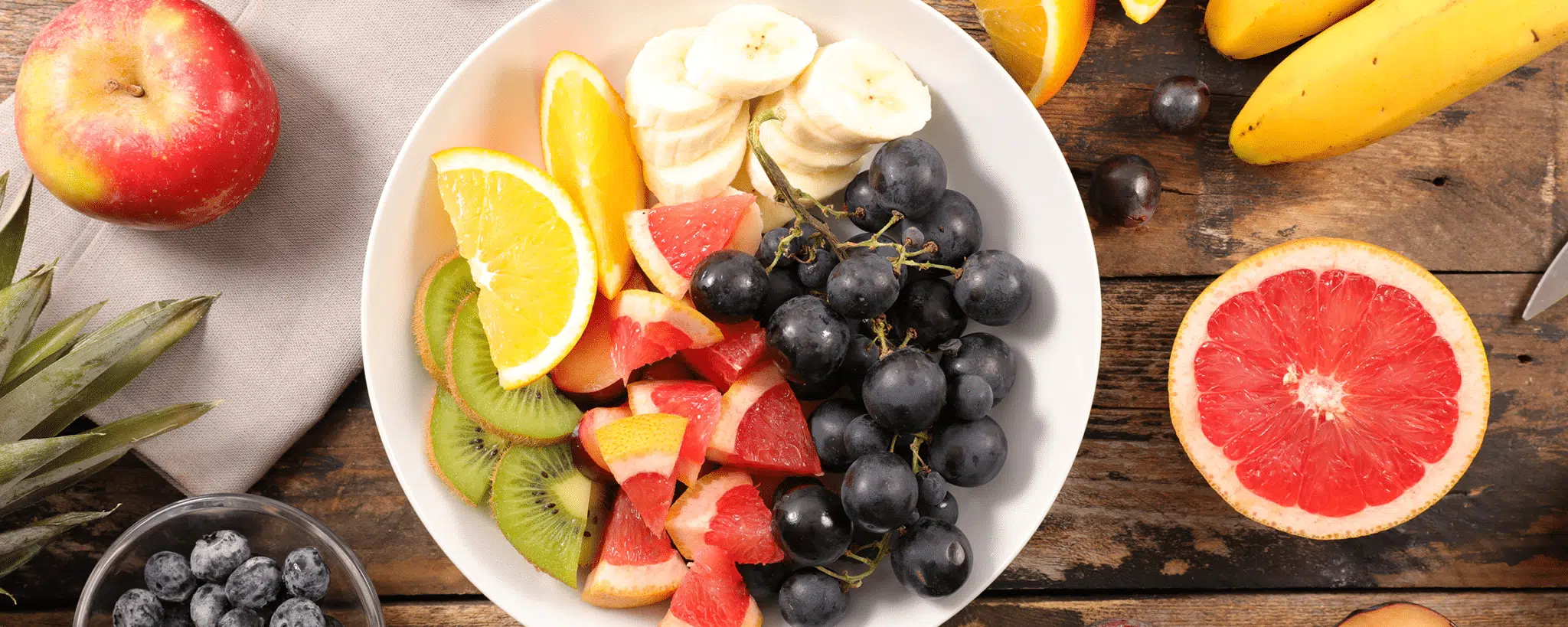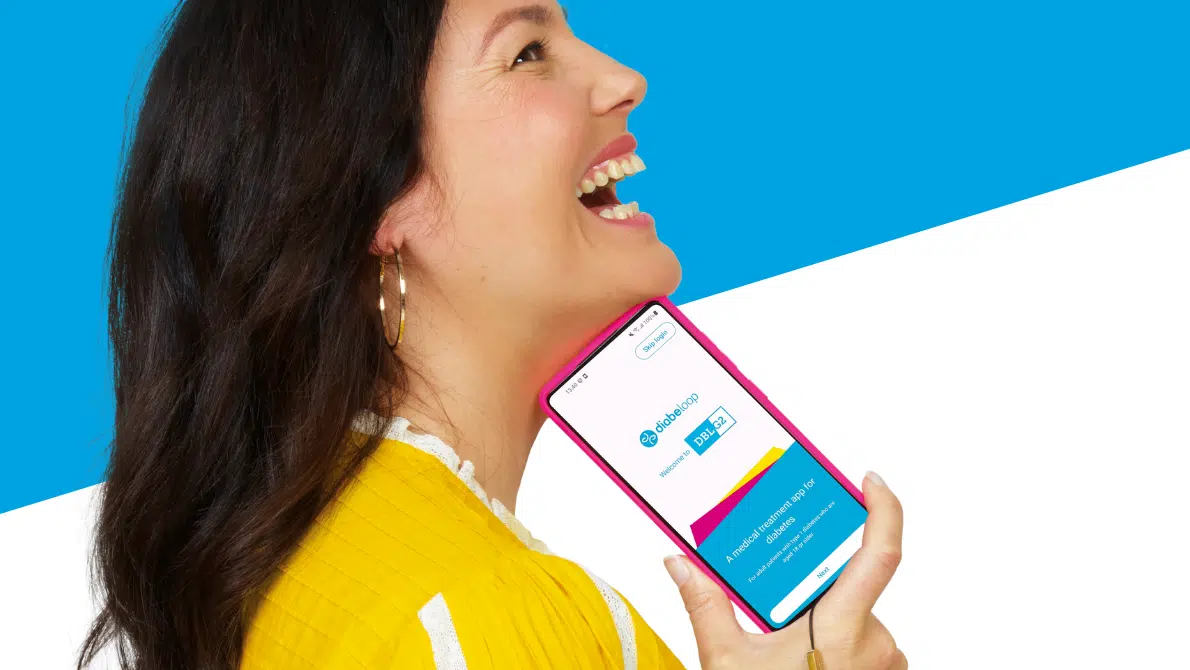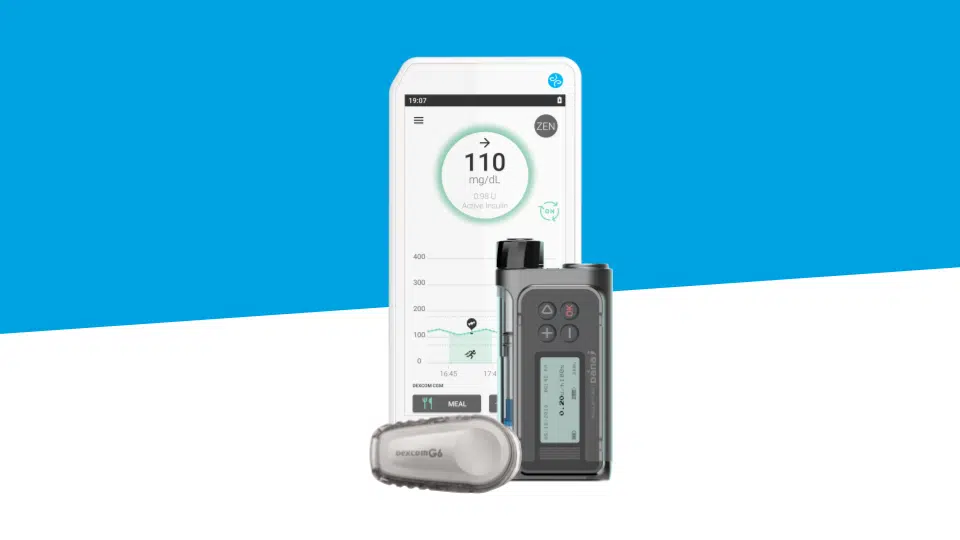
Festive Meals: End-Of-Year Celebrations And Type 1 Diabetes
For people who have been celebrating the holidays with their T1D for several years, managing the excesses becomes (almost) child’s play. Over time, they learn to know their body’s reactions and it helps them to adapt better. If this is the first time you are spending the holiday season with your Type 1 diabetes, you may be apprehensive. Whatever your situation, don’t panic, here are a few tips to make the holidays as worry-free as possible and avoid the worst-case scenarios.
Type 1 Diabetes And Festive Meals: How To Manage The Excesses?
The countdown is on before the start of the holiday season! This festive period is often synonymous with long, rich meals accompanied by alcohol.
The end of the year, between Thanksgiving, Christmas and New Year, are often a break in a more balanced diet. End-of-year meals are generally not the lightest in carbs: appetizers, toasts, chestnuts, potatoes and the inevitable log make the blood sugar “swing”.
We have all experienced this situation at least once. If during the year, you’ve had a few sentences like “You shouldn’t eat that, it’s bad for your diabetes”, holiday meals are THE time when you feel like doing what everyone else does, without having to pay too much attention to your diabetes and/or being reminded that you are “diabetic”.
Read more: How To Have An Enjoyable Thanksgiving With Type 1 Diabetes?
1 | Split The Meal And Calculate Carbs
Whether you are on functional insulin therapy or not, carb counting is one of the best ways to adjust your insulin doses. During a festive meal that drags on, ingesting carbs from appetizer to dessert and only administering insulin at the end of the meal can turn into a disaster. Whether or not you’re used to counting carbs, you know you’re going to have to give yourself more insulin than usual. Adapting your boluses as well as possible will help avoid hypo– and hyperglycemia, even if we would like to eat without counting too much during holiday meals.
Of course at holiday meals, there are a lot of unknowns. For example, if you are being invited, you don’t necessarily know in advance what you are going to eat. Also, holiday dinners are often an opportunity to enjoy things you’re not used to eating, so it’s harder to predict in advance how your blood glucose will react. Finally, these meals tend to last several hours… One of the keys to managing these unknowns and limiting potential hypo- and hyperglycemia is to split the meal and make (micro) boluses for each dish. You will be able to better see how your body reacts and to avoid hypos due to a miscalculation or a too long wait between each dish. Control your blood sugar more often, but don’t try to be perfect either, it’s still a time to enjoy yourself 🙂
Beware of hidden carbs!
The slice of bread under the foie gras, the petits fours, the contents of the verrines, the dough of the puff pastry… As if it wasn’t already complex enough! Keep your eyes open!
Read more : Enjoy Cocktails Hour And Holiday Meals With Type 1 Diabetes
2 | Check Your Blood Glucose Levels
Ideally, you should be able to monitor your blood glucose levels regularly and adjust the dose of insulin to be administered according to the result. At each adjustment, check where you are in the meal and what is left to eat: a sweet dessert will be ingested by your body more quickly than the starchy foods of the main dish. Don’t overlook your alcohol consumption (yes, it’s a pleasure that has a big effect on your blood sugar!). At the end of the meal, remember to count the little sweets that come with the coffee/tea! Then check your blood sugar one last time. It’s as many chances to have a good evening and a good night!
Insulin delivery should not be started before the aperitif if the drink is alcohol-based. Don’t forget that alcohol has a hypoglycemic effect, so you might end up in hypoglycemia and a few hours later you may have a big hyperglycemia because of the mashed potatoes. You should start injecting by pen, or do your first bolus for people on pumps, either towards the end of the aperitif or between the aperitif and the starter. Of course, this depends on how long the aperitif lasts and what you eat.
Read more: Alcohol And Type 1 Diabetes: Information And Warnings
The Never-Ending Holiday Meals
If we call it the holiday season, it’s because there are quite a few celebrations! It is common to have several Christmas meals to see the whole family before the grand final New Year’s Eve.
At each festive meal, the hosts want to delight their guests and sometimes we feel like we have to eat even if we are not hungry. This might seem like a simple tip, but don’t force yourself to eat! It does not mean that you can’t treat yourself. But if your appetite doesn’t match the menu, do not hesitate to eat in small quantities. On the one hand, your digestive system will be grateful and on the other hand, your glycemia will be better (when T1D serves as a good excuse!). You will please everyone by eating a little bit of everything.
What About After The Holidays?
When the holiday season is over, don’t forget to hydrate enough, it will help your body cleanse itself. To forget the excesses of the holidays and come back to a more balanced rhythm, it may be a good thing to favor fiber-based menus that will help your intestinal transit. Spinach, cabbage, legumes, apples, bananas, etc. will be great allies in your early January recipes. Nothing keeps you from eating those between Christmas and New Year’s Day either!
This break is generally safe for the overall balance of Type 1 diabetes. There is a chance that you might be in hyperglycemia more often during this time, but don’t worry, you’ll be back to normal in a few days! You will return to your normal lifestyle gradually, both in terms of diet and physical activity. Don’t feel guilty if you feel like enjoying yourself over the holidays!
You know all you need to know to manage your Type 1 diabetes over the holiday season.
Have great end-of-year celebrations and enjoy them as much as you can!







